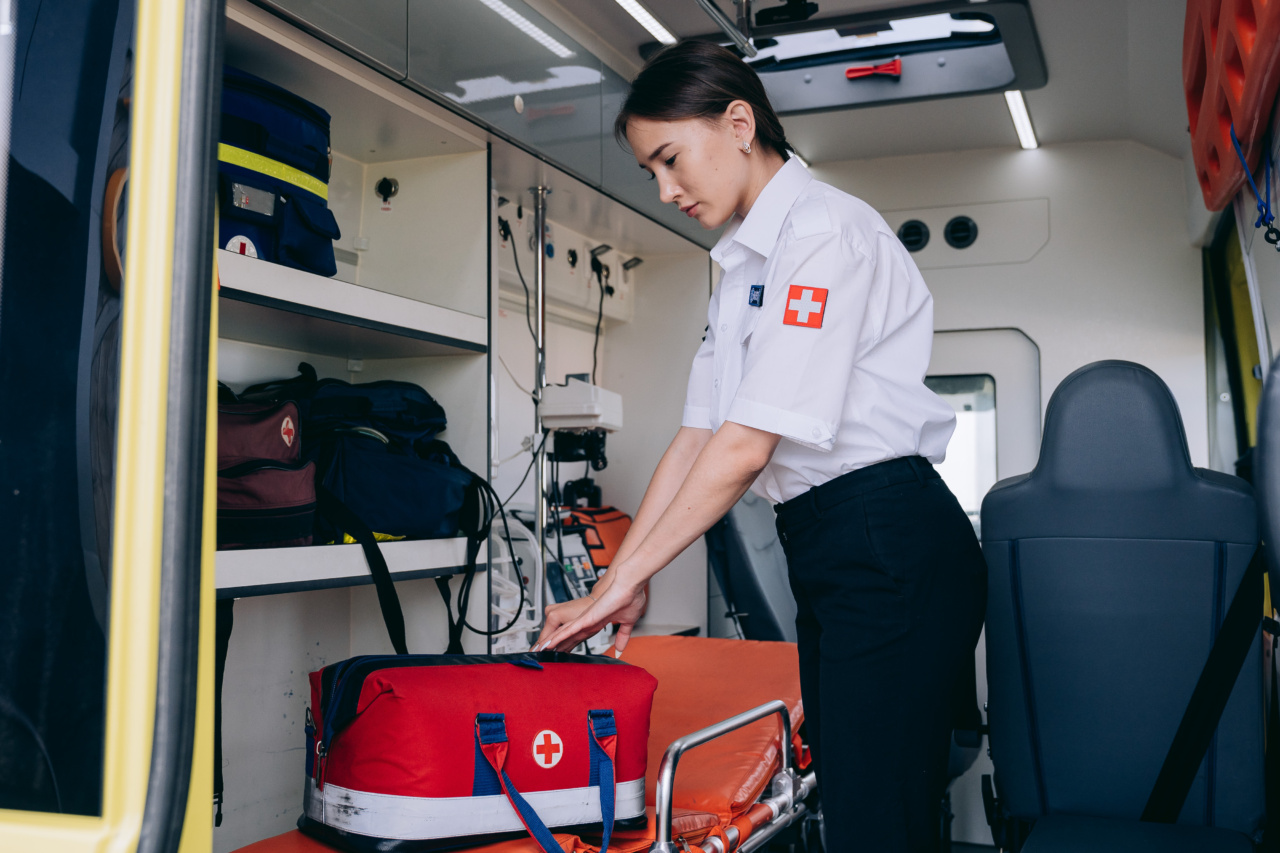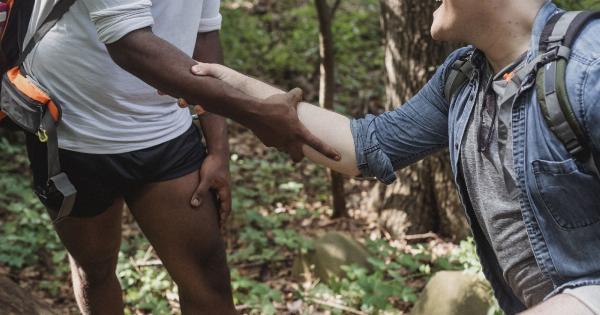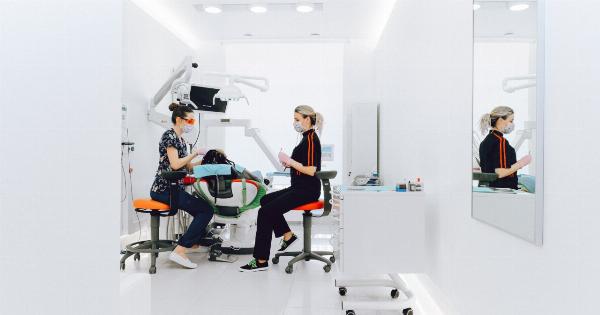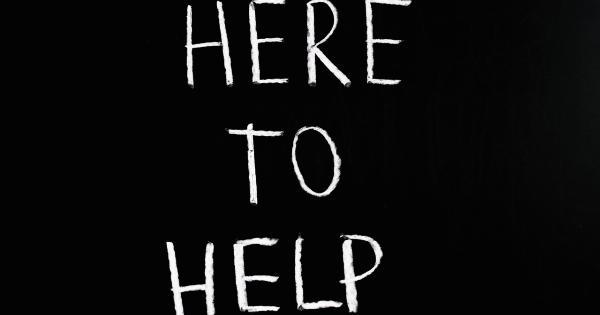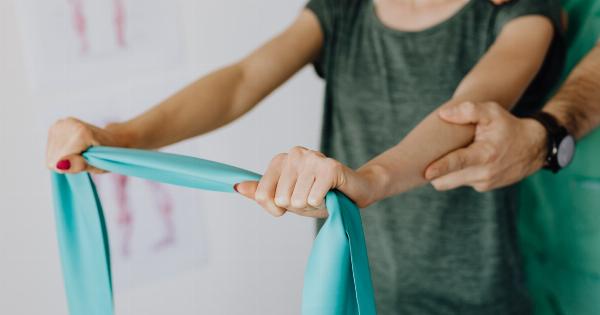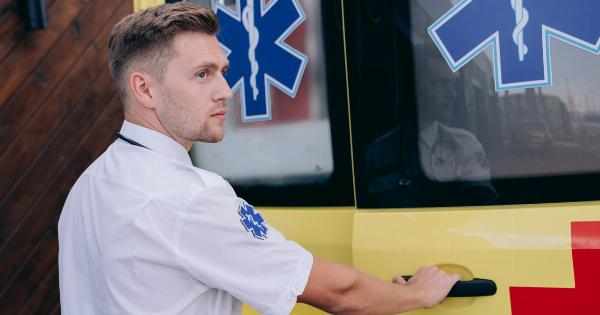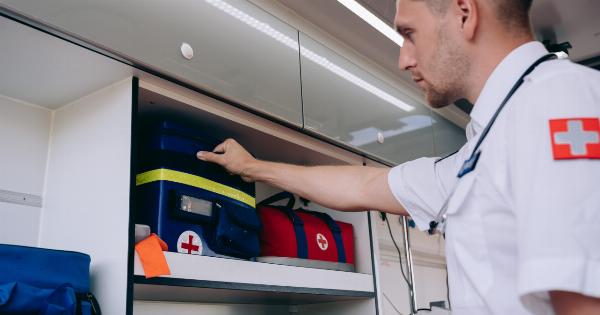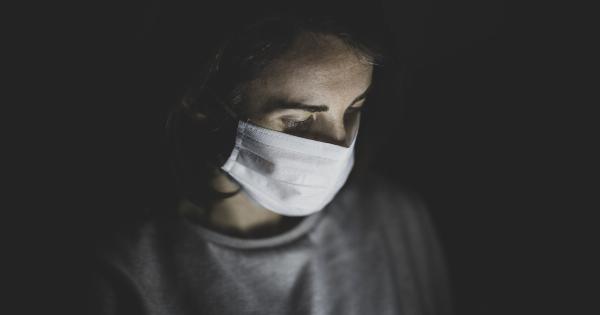Traveling can be an incredible experience, but it also comes with risks. From lost luggage to medical emergencies, it’s important to be prepared for any situation that may arise. Here are some tips for staying safe and secure while traveling:.
: Travel Security Tips
1. Keep your valuables safe and secure:.
When traveling, it’s important to keep your valuables safe and secure. This means keeping your passport, money, and other important documents in a secure location. Consider investing in a travel safe or a money belt that you can wear under your clothes.
2. Be aware of your surroundings:.
When traveling, it’s important to be aware of your surroundings. This means paying attention to who is around you and what is going on. Avoid walking alone at night and stick to well-lit areas.
3. Know the emergency numbers:.
Before you travel, make sure you know the local emergency numbers. This includes the police, ambulance, and fire department. Keep these numbers handy in case of an emergency.
4. Register with your embassy:.
If you are traveling overseas, it’s important to register with your embassy. This allows them to know where you are in case of an emergency and provides you with assistance in the event of a crisis.
: Emergency Medical Assistance
1. Purchase travel health insurance:.
When traveling abroad, it is essential to purchase travel health insurance. This will provide you with coverage for emergency medical treatment, hospitalization, and medical evacuation if necessary.
2. Carry a medical alert bracelet:.
If you have a medical condition, it’s important to carry a medical alert bracelet. This can help emergency responders provide you with appropriate care.
3. Bring a first-aid kit:.
Be sure to pack a first-aid kit that includes any necessary medications, bandages, and other supplies you may need. This can be a lifesaver in the event of a minor injury or illness.
4. Research medical facilities in advance:.
Before you travel, research the medical facilities in the area you’ll be visiting. This will allow you to know where to go in case of an emergency and will help give you peace of mind.
: Final Thoughts
While it’s impossible to predict every travel emergency, taking these steps can help ensure that you are prepared for the unexpected.
By being aware of your surroundings and having a plan in place, you can stay safe and secure while enjoying your travels.
